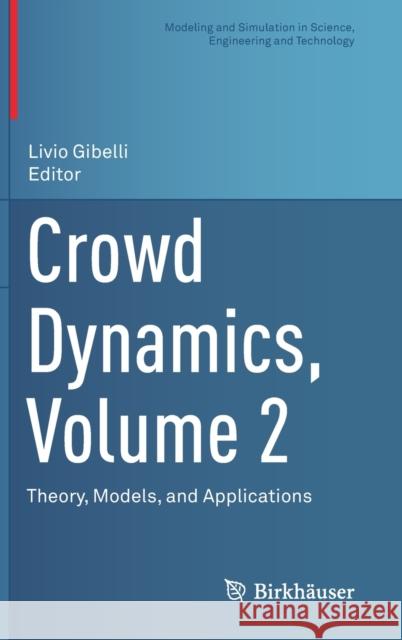Crowd Dynamics, Volume 2: Theory, Models, and Applications » książka
topmenu
Crowd Dynamics, Volume 2: Theory, Models, and Applications
ISBN-13: 9783030504496 / Angielski / Twarda / 2020 / 222 str.
Crowd Dynamics, Volume 2: Theory, Models, and Applications
ISBN-13: 9783030504496 / Angielski / Twarda / 2020 / 222 str.
cena 442,79
(netto: 421,70 VAT: 5%)
Najniższa cena z 30 dni: 424,07
(netto: 421,70 VAT: 5%)
Najniższa cena z 30 dni: 424,07
Termin realizacji zamówienia:
ok. 22 dni roboczych
Dostawa w 2026 r.
ok. 22 dni roboczych
Dostawa w 2026 r.
Darmowa dostawa!
Kategorie:
Kategorie BISAC:
Wydawca:
Birkhauser
Seria wydawnicza:
Język:
Angielski
ISBN-13:
9783030504496
Rok wydania:
2020
Wydanie:
2020
Numer serii:
000391653
Ilość stron:
222
Waga:
0.50 kg
Wymiary:
23.39 x 15.6 x 1.42
Oprawa:
Twarda
Wolumenów:
01
Dodatkowe informacje:
Wydanie ilustrowane











